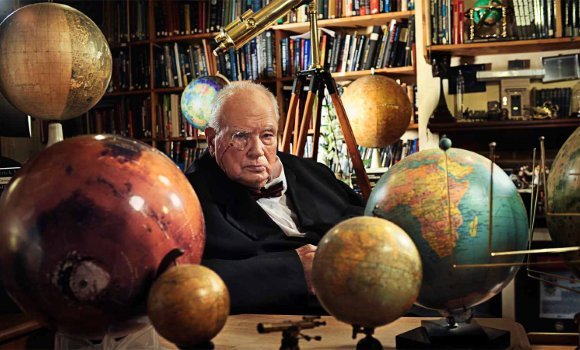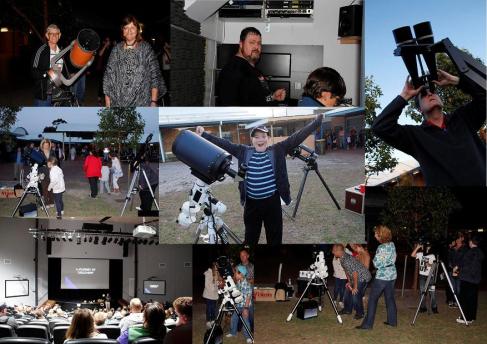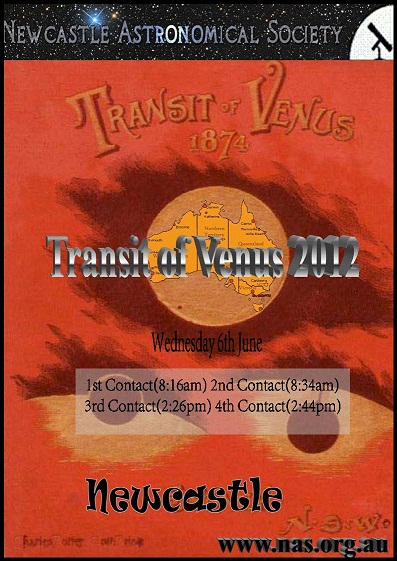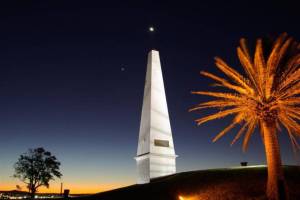
Sir Patrick Alfred Caldwell-Moore CBE, FRS, FRAS (4 March 1923 – 9 December 2012)[1] was an English amateur astronomer who attained prominent status in that field as a writer, researcher, radio commentator and television presenter
ASTRONOMER Patrick Moore, renowned for his work mapping the Moon’s surface and for having popularised his subject with the British public, died Sunday at the age of 89, friends and colleagues announced.
Moore, whose lunar research was used by both the US and Soviets space programs, died peacefully at his home in Selsey on the southern English coast.
He had succumbed to an infection, colleagues said in a statement.
“After a short spell in hospital last week, it was determined that no further treatment would benefit him, and it was his wish to spend his last days in his own home,” they said.
Besides his skill at explaining the universe, his monocle, wit, raised eyebrow and idiosyncratic style of speech endeared him to an army of space fans.
Moore fronted the monthly BBC program “The Sky At Night” from its launch in 1957 and still running today, making him the world’s longest-running presenter of the same television show. His last program was broadcast on Monday.







You must be logged in to post a comment.